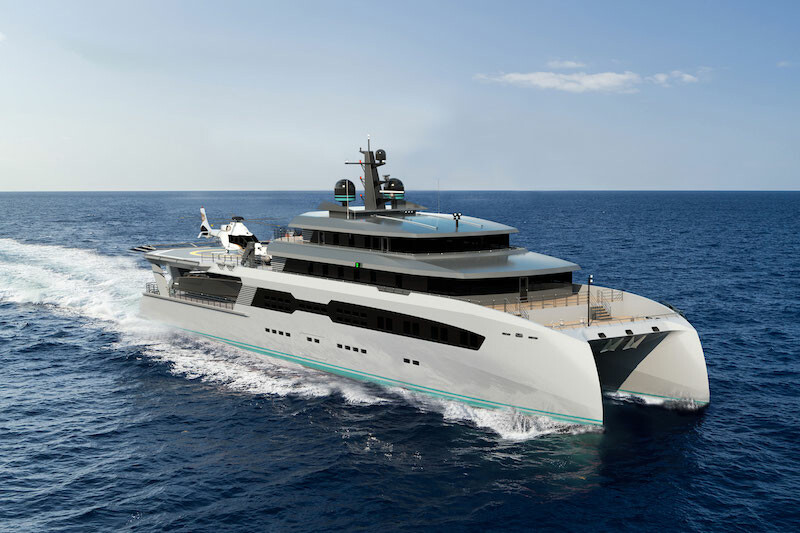Some of us picture the glamorous world of the superrich — running around the globe on their superyachts — and wonder — why not me?
There’s a simple answer: You don’t have the money.
But it’s not all caviar and champagne, wild parties, and rubbing elbows with world famous politicians and celebrities. It’s also urinary infections, slips and falls, and dermatitis.
Telemedical service provider MedAire, an International SOS company, has revealed new data highlighting the most common injuries and illnesses onboard superyachts.
MedAire, which provides services to over 50% of the world’s largest superyachts, looked at over 10,000 cases from the last five years, to uncover the most common ailments onboard among crew and guests.
It found that urinary infections were the most commonly seen illness onboard, representing about 4% of the total number of cases and skewed heavily in gender towards females.
“The yachting environment lends itself to a high occurrence of UTIs: warm temperatures and inconsistent water intake can hugely increase the chance of contracting a UTI," said Brent Palmer, director of education at MedAire, "so we always recommend good hydration and the regular passing of urine to mitigate these risks.”
Of all of MedAire’s 18 medical case categories, dermatological saw the highest number of cases, closely followed by musculoskeletal.
The third largest category by case numbers was ear, nose and throat. As Palmer puts it, this can be simply explained.
“On a yacht, you’re in close confines with each other so naturally throat complaints like pharyngitis and tonsilitis are spread very easily between the crew,” Palmer said. “Over the years we’ve launched numerous basic hygiene awareness campaigns to mitigate the spread of such viruses to little avail, but it was only really when Covid hit that these started to make an impact, as people were forced to take hygiene measures more seriously. As a happy consequence of Covid, we therefore saw a decrease in this type of illness, which had been increasing every year up to that point.”
Ear pain also appeared within the most common cases, which tends to be skewed heavily towards swimmers. Dr. Philip Bryson, diving medicine specialist at MedAire said that “even visibly clean water can contain plankton, protozoa and bugs that are invisible to the naked eye. If your ear canal is not properly dried out, small amounts of water can pool, causing infections, especially if there is wax in the ear.”
Crew and guests should always try and ensure that their ears are drained after being in the water by gently tapping or shaking a tilted head, as well as keeping hair off the ears after swimming to allow air to naturally circulate, said Dr. Bryson. “If discomfort does arise, knowing which products to use or indeed not to use is imperative, using cotton buds, for example, could push bugs further into the ear and worsen the situation.”
Back complaints and lacerations and cuts also featured heavily within the top yachting cases, attributable to the nature of the yachting environment, working around heavy machinery, operated by young fit individuals who may lack good lifting technique.
“As in any remote environment, having access to excellent medical advice and information is incredibly useful — not only to provide peace of mind for the patient but also potentially avoiding any unnecessary detours for shoreside treatment if at sea or on charter,” said Dr. Bryson.
So the next time you see a superyacht in person or on television, know that someone aboard that boat has a UTI, sprained ankle, or ear infection. It makes them seem like they’re more like us.




